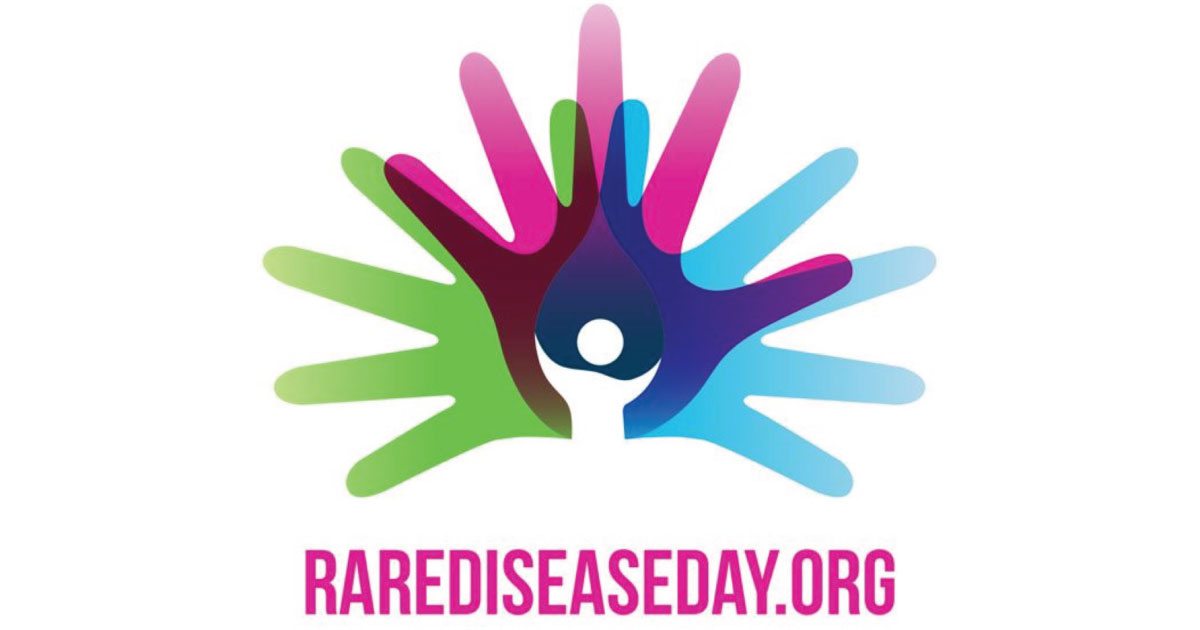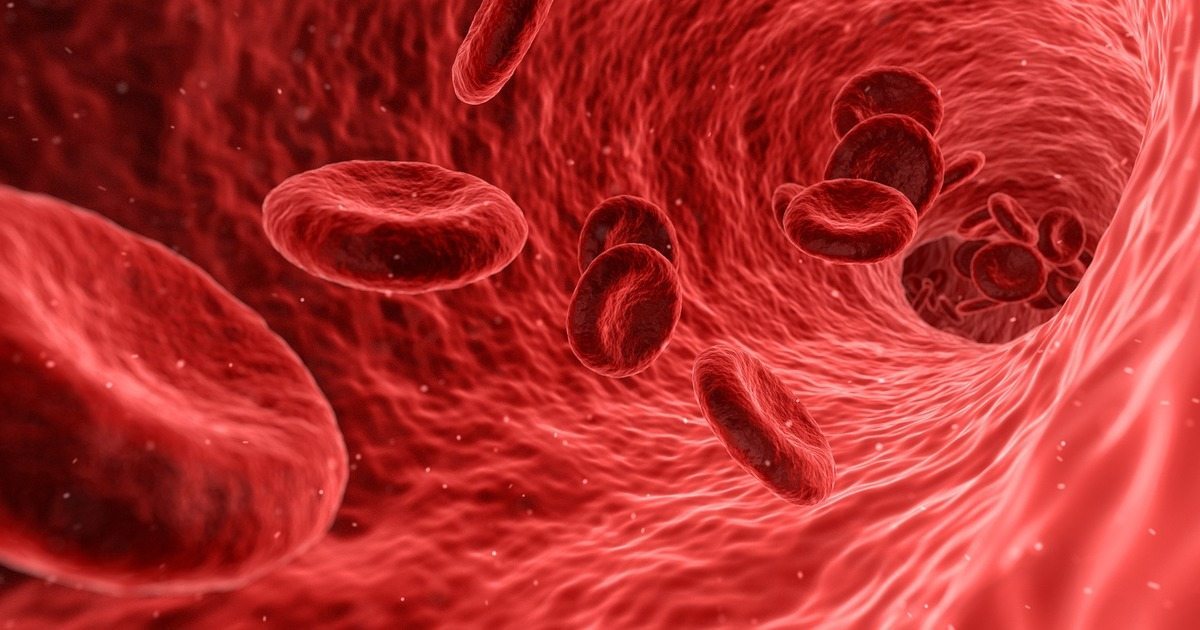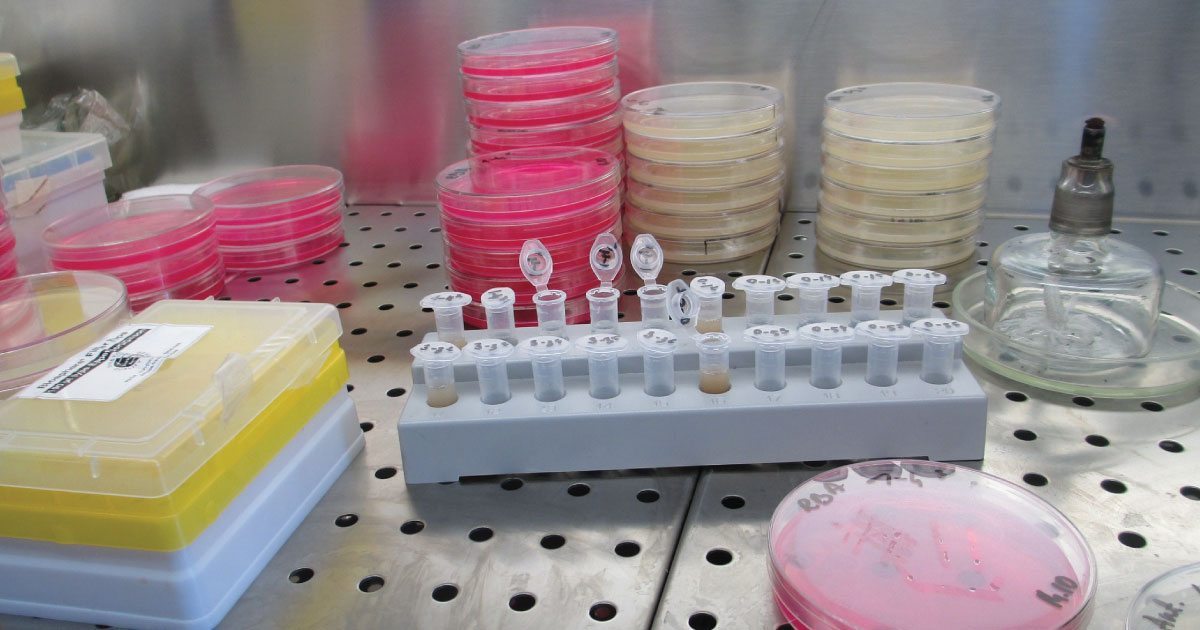Month: February 2017

Rare Disease Day Brings Mesothelioma into the Spotlight
MesotheliomaHelp will be joining the National Organization for Rare Disorders (NORD), and countless other organizations, in the fight to raise awareness of the more than 7,000 rare diseases on Rare Disease Day tomorrow, Feb. 28. For the ninth year, NORD will focus a spotlight on rare diseases as a global public health concern. Mesothelioma, an asbestos-related cancer, is one of the rare, or “orphan,” diseases or conditions affecting one in ten Americans.
In the United States an orphan disease status is assigned to a disease or disorder if it affects fewer than 200,000 Americans at any given time. In the case of mesothelioma, 3,000 Americans are diagnosed with the disease each year.
This year’s focus is on research. Research brings hope to people living with rare diseases and while there is ongoing research to find new treatments or a cure, many of the diseases still do not have effective treatments. There is no cure for mesothelioma and the cancer is resistant to many of the available treatments.
Rare Disease Day is an annual event observed worldwide on the last day of February dedicated to raising awareness among the general public and decision-makers about rare diseases and the impact on patients’ lives. The day was started in 2008 by EURORDIS-Rare Disease Europe. In 2016, more than 85 countries participated, including France, Canada, Greece, and first time participants Aruba, Tanzania, and Zimbabwe.
Expert Insight
NORD
People with rare diseases struggle to get a proper diagnosis, find information, and get treatment.
The organizers want to educate the public about the inequalities in medical care suffered by people with orphan diseases. According to NORD, patients with orphan diseases are often faced with difficulty in finding medical experts, delay in receiving an accurate diagnosis, and access to few, if any, treatment options. In the U.S., malignant mesothelioma patients often have to travel to large cities where the mesothelioma experts practice in order to receive adequate treatment.
Due to the relative rarity of mesothelioma, and other orphan diseases, managing the disease and trying to find appropriate treatment can be overwhelming to the patients and their families. In fact, according to government statistics, between 85 and 90 percent of orphan diseases are serious or life-threatening, yet only about 200 of them currently have any effective treatments.
Rare Disease Day 2017 activities in the U.S. include state legislature awareness events, a Handprints Across America photo gallery on the national website, and events in communities across the U.S.
For more information about Rare Disease Day activities in the U.S, see www.rarediseaseday.us. For information about global activities, see www.rarediseaseday.org.

Mesothelioma Patients Should be Aware Risk of Blood Clots
Pleural mesothelioma patients face a barrage of treatments and the inevitable side effects when managing their cancer. The aggressive, rare cancer of the lining of the lungs requires an equally aggressive treatment regimen to improve the survival for patients. However, mesothelioma patients should be aware of one complication of mesothelioma: blood clots.
The National Institutes of Health wants to educate people on the symptoms and dangers of deep vein thrombosis and offers steps to help patients reduce their chances of having a blood clot form in their veins. The NIH points out in its January issue of News in Health that clots can arise anywhere in your body, but the organization offers pointers in its feature article, “How to Spot and Prevent Deep Vein Thrombosis.”
“Deep vein thrombosis has classic symptoms—for example swelling, pain, warmth, and redness on the leg,” says Dr. Andrei Kindzelski, an NIH blood disease expert. “But about 30–40% of cases go unnoticed, since they don’t have typical symptoms.”
Mesothelioma patients are especially susceptible to blood clots, or deep vein thrombosis, due to the high doses of chemotherapy, limited mobility from fatigue and breathing difficulties, and the invasive surgeries that require significant time confined to a bed. Research has shown that blood clotting agents released by tumors, side effects of chemotherapy, and pre-existing health conditions such as obesity and anemia may all contribute to the development of blood clots.
Fortunately, with education, many physicians and patients are more aware of the risk, and some standard procedures have been put in place for mesothelioma patients. In a recent blog in “Nurse’s Corner,” Lisa Hyde-Barrett explains that after surgery mesothelioma patients are placed in pneumatic boots, that compress the legs to avoid blood clots; they undergo non-invasive ultrasounds of their extremities to look for any blood clots post-operatively; and they are encouraged to walk. Bed-ridden patients may be placed on an anti-coagulant subcutaneous injection to help prevent any clots. Researchers are also studying the possibility of reducing the risk of developing blood clots by adding blood thinner, such as heparin to their treatment.
Deep vein thrombosis occurs when a blood clot forms in one or more of the deep veins in your body, typically the legs. This is a serious condition because blood clots can break loose, travel through the bloodstream and lodge in the lungs, blocking blood flow, ultimately leading to death. According to the NIH article, “therapies aim to stop the blood clot from getting bigger, prevent the clot from breaking off and moving to your lungs, or reduce your chance of having another blood clot.” NIH scientists continue to research new medicines and better treatment options.
In a 2011 study, Duke University Medical Center researchers found that a serious side effect of chemotherapy may be the increased risk of blood clots. The Duke researchers found that developing a blood clot is more common among cancer patients than doctors realize. They found that as many as one in five cancer patients risk developing a blood clot within a year of receiving cancer treatments, with up to two percent of cases blood clots proving deadly.
Mesothelioma patients must be especially vigilant and can take some steps to reduce the chance of a blood clot forming in their veins. Get out of bed and move around as soon as possible after having surgery or being ill – the more active you are, the better your chance of avoiding a blood clot. Also, stay hydrated and watch out for leg swelling or leg pain. Take any medicines your doctor prescribes to prevent clots. Note that while a massage may be tempting, they are dangerous for cancer patients as they could dislodge a clot. Check with your doctor before receiving any form of massage therapy.
Discuss any concerns you may have about your mesothelioma care and your risk of blood clots with your doctor. To find out more read NIH’s January issue of News in Health.

Nurse Hopes Patients to Enjoy Long Lives
Living with mesothelioma as a chronic illness is progress for patients with this rare cancer. Mesothelioma treatment has progressed to the point that some patients are living for many years. For all in the mesothelioma community, this is gratifying. This week, I was fortunate to see a patient who has been living with mesothelioma for over six years. He is living and doing what he wants to do, enjoying life, his family and his work.
Diagnosed over six years ago, the man continues to aggressively seek treatment for his mesothelioma. Shortly after his initial diagnosis he had surgery. He had investigated his treatment options and decided to come to a mesothelioma center. His doctors back home at his local practice support him and help him manage the cancer. When the treatment does not require specialty care, his mesothelioma team at the treatment center work directly with his local care team and he is treated locally.
He has been across the country in his search for innovative new treatments for his mesothelioma. He has had recurrences and a variety of treatments. His treatments have included surgery, chemotherapy, immunotherapy and radiation therapy – IMRT. He is willing to travel wherever necessary so he can extend his life. He speaks matter-of-factly that he expects his cancer to come back, but he has the expectation that there will be another treatment available to him. He expects to recover and resume his life.
Every day he wakes up he expects to have a good day. He is educated about his disease, but he is in no way surrendering to it. He continues to reach out to other mesothelioma patients. He remains optimistic for living a long, busy life with mesothelioma as a chronic condition.
Everyone’s journey with mesothelioma is their own. This patient‘s approach works for him, but it might not work for someone else. As we share stories of surviving and thriving with mesothelioma we draw hope that his story will become the norm.
If you have questions about your mesothelioma treatment or any aspect of your mesothelioma care, please email me at [email protected].

Mesothelioma Patients May Someday Use a Pinworm Drug to Treat the Asbestos Cancer
When looking for a new, effective anti-cancer treatment, researchers often turn to drugs approved by the U.S. Food and Drug Administration for other diseases or conditions. Finding on off-label use for a drug can shorten the research time and cost to market for treatment of other diseases. Researchers are now looking at repurposing a drug approved for pinworms to treat cancer.
According to a Jan. 30 report from NPR.org, researchers at Johns Hopkins University found that mebendazole, used to treat pinworms, parasitic worms that can live in the large intestine, may be effective in fighting cancers, including brain, lung, and potentially, mesothelioma. The team found that when mice that had pinworms, and were implanted with brain cancer cells, were treated with mebendazole the cancer did not develop.
Encouraged by those results and by the fact that other researchers were conducting similar studies for lung cancer and melanoma, the researchers began two Phase I clinical trials to test the drug’s safety and tolerability in brain cancer in children and adults. The drug has been well tolerated, as expected by the decades-old drug used worldwide to treat pinworms.
“Based on the preclinical studies it looks like it has promise,” says Tracy Batchelor, director of the division of neuro-oncology at Massachusetts General Hospital, who is not involved in the research, according to NPR. “The next step is to look for a benefit in a Phase 2 trial.”
A Phase II trial will determine whether mebendazole is effective on the cancer in people. The Johns Hopkins researchers hope to conduct that sort of trial in adult brain cancer patients.
The benefit of an FDA-approved treatment is that it has already been through clinical trials so there are few surprises for patients and physicians. Side effects are well-known and can be managed. One drug’s success in one condition could lead to an equally effective drug in other diseases.
Clinical trials and the use of off-label drugs bring the best options for improved survival to pleural mesothelioma patients. The cancer that is aggressive and terminal has proven to be resistant to many cancer treatments driving researchers to continue to search for improved care.
“It’s not likely that mebendazole or any other single repurposed drug is ever going to cure cancer,” said Bruce Bloom, president and chief science officer of Cures Within Reach, which has helped to fund the Johns Hopkins research. However, NPR reports, there is the possibility that combinations of repurposed drugs could help in the fight against cancer. Bloom adds that results from this research is still years away.
Recent research has increased survival and quality of life for mesothelioma patients, and many hope to get to the point where mesothelioma is managed as a chronic disease.
To find clinical trials where mebendazole is being tested on cancers visit ClinicalTrials.gov.

Lung Cancer Driver Discovery May Lead to Novel Therapy for Some Mesothelioma Patients
Lung adenocarcinoma, the most aggressive subtype of non-small cell lung cancer (NSCLC), comprises nearly 40 percent of lung cancer diagnoses. The KRAS gene is the most significant driver of this cancer, and is also found in some pleural mesothelioma cases. Researchers have been stymied by this tough gene that nearly always fights off treatments building resistance to the drugs. Now, researchers report they have found a “genetic promoter” that drives this type of cancer and could lead to a new anti-cancer therapy.
Researchers from the Mayo Clinic report that the Ect2 gene (Epithelial Cell Transforming 2) is responsible for cytokinesis, cell division, in normal, healthy cells. However, they found that Ect2 was not needed for cytokinesis in lung adenocarcinoma cells, leading them to uncover the other function Ect2 serves in cancerous cells. They found that Ect2 boosts ribosomes, which “manufacture proteins from messenger RNA instructions.”
“Ect2 drives increased synthesis of ribosomal RNA, which in turn gives rise to increased ribosomes,” said Alan Fields, Ph.D., senior author on the paper and a cancer biologist in the Department of Cancer Biology at Mayo Clinic’s Florida campus, in a Jan. 19 press release. “While it’s been known for a long time that tumor cells have elevated ribosome levels, this paper is the first to show that Ect2 supports tumor cell growth by stimulating ribosome biogenesis.”
Pleural mesothelioma is a serious cancer affecting the lining of the lungs that occurs in individuals previously exposed to airborne asbestos fibers. Asbestos is a known carcinogen and is also proven to cause lung cancer and asbestosis, a chronic lung disease. While there are some differences between pleural mesothelioma and lung cancer, such as the fact that mesothelioma displays as a large mass of interlocked tumors whereas lung cancer is characterized by more distinct, individual tumors, the treatments are often similar.
“KRAS-mediated lung adenocarcinoma is a particularly deadly form of lung cancer, in part because attempts to directly target KRAS therapeutically have not been successful in the clinic,” says the study’s lead author, Verline Justilien, Ph.D., an assistant professor in the Department of Cancer Biology at Mayo Clinic’s Florida campus.
“Our current findings reveal a potential novel therapeutic strategy for treating mutant KRAS lung adenocarcinoma cells in which Ect2 is overexpressed,” Dr. Justilien said.
The American Cancer Society estimates about 222,500 new cases of lung cancer and nearly 155,870 deaths from lung cancer in the U.S. in 2017. Close to 3,000 Americans will be diagnosed with mesothelioma this year with nearly the same number dying from the terminal cancer.
Read the results of the Mayo Clinic study in the January 19 issue of Cancer Cell.

Free Mesothelioma Patient & Treatment Guide
We’d like to offer you our in-depth guide, “A Patient’s Guide to Mesothelioma,” absolutely free of charge.
It contains a wealth of information and resources to help you better understand the condition, choose (and afford) appropriate treatment, and exercise your legal right to compensation.
Download Now